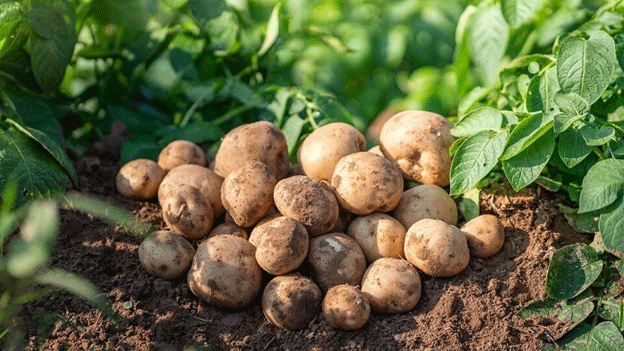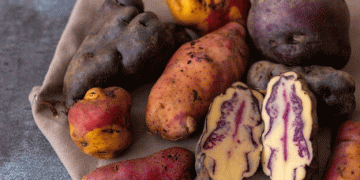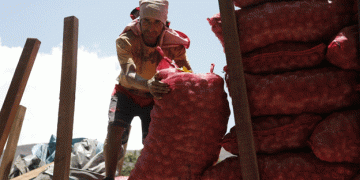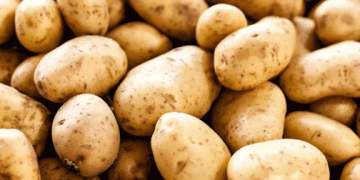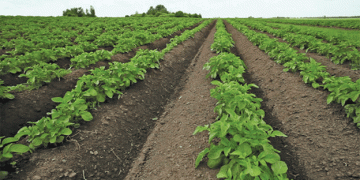To meet domestic demand and stabilize rising prices, Russia is expanding its potato-growing area by 6,500 hectares in 2025. The decision follows a significant drop in the 2024 harvest and growing concern over retail price spikes. Government measures, including tariff-free imports and agro-aggregator laws, aim to support producers and ensure consumer access to affordable potatoes.
A Strategic Expansion to Rebalance the Potato Market
In a calculated move to address declining yields and mounting retail prices, the Russian Ministry of Agriculture has announced that in 2025, potato acreage in the organized sector—including agricultural enterprises and farms—will grow by 6,500 hectares, reaching a total of 286,000 hectares. This comes after a 15% drop in harvest volume in 2024, down to 7.3 million tons from 8.6 million tons in 2023, despite strong domestic demand.
While 2024’s production was still sufficient to cover most of Russia’s internal needs, seasonal gaps in availability—particularly during the first half of the year—prompted increased imports of early potatoes from “friendly” countries such as Egypt, Azerbaijan, and Pakistan. To further buffer the market, the government has introduced a duty-free import quota of up to 150,000 tons of potatoes, valid until July 31, 2025.
Price Pressures and Policy Responses
As of early 2025, farmgate prices for potatoes average 32.5 rubles per kilogram, a modest increase of 3 rubles compared to 2022. However, retail prices have surged to 69.9 rubles/kg, nearly doubling due to the 2024 shortfall. Although prices remain lower than global averages (e.g., average EU retail price is ~€1.4/kg or ~135 rubles), this sharp increase has triggered policy discussions.
Vice Speaker of the State Duma Boris Chernyshov recently proposed temporary price controls under a government mechanism that allows intervention when prices rise by 10% or more for two consecutive months. The proposal aligns with agreements already signed in 30 regions to cap retail prices, according to the Federal Antimonopoly Service (FAS).
To improve distribution and limit retail markups, the Ministry of Agriculture and the Ministry of Industry and Trade are pushing for direct long-term contracts between producers and retailers. Additionally, a new law on agro-aggregators that came into force on March 1, 2025, is designed to connect small farms with large retail networks, reduce logistics costs, and stabilize consumer prices.
Global Context and Strategic Outlook
Globally, potato production continues to be influenced by climate volatility, storage losses, and market access constraints. According to FAO data, worldwide potato output hovered around 375 million tons in 2023, with Russia ranking fourth after China, India, and Ukraine. Yet unlike many countries shifting towards processing and export-focused production, Russia is currently prioritizing domestic food security and price stabilization.
Experts see the acreage expansion and regulatory efforts as part of a broader strategy to shield consumers from inflation while modernizing the supply chain. However, sustaining this momentum will require investment in high-yield varieties, cold storage infrastructure, and contract farming models to mitigate risks from seasonal and climatic variability.
Russia’s decision to expand its potato acreage in 2025 is a timely intervention aimed at stabilizing the market after a challenging year. While the government’s mix of import policy, price caps, and supply chain reforms offers short-term relief, long-term resilience will depend on innovations in production efficiency, storage, and retail partnerships. As price pressures mount globally, strategic planning in staple crop sectors like potatoes is more crucial than ever.
